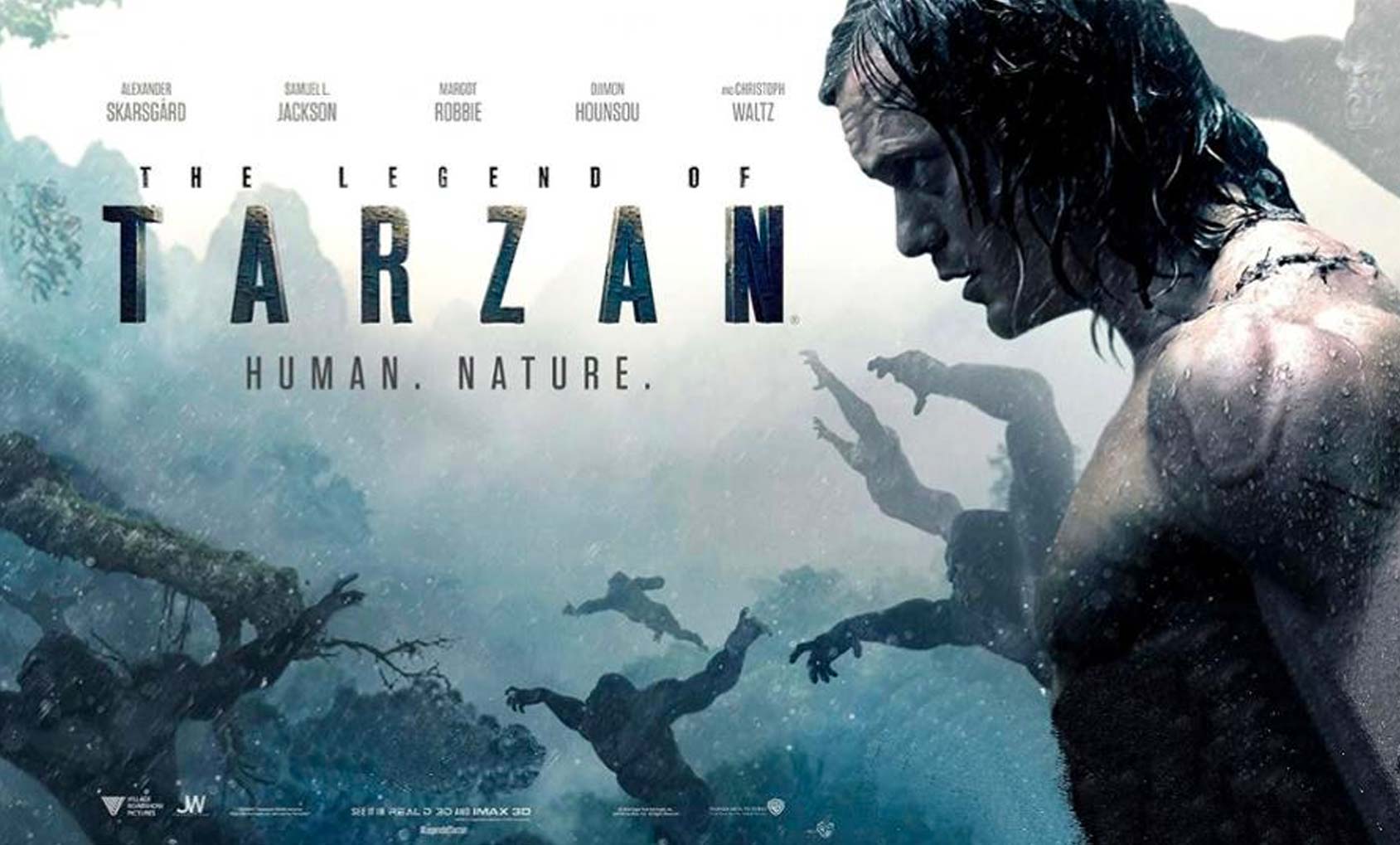CMG is proud that The Legend of Tarzan keeps the memory of legendary client Johnny Weissmuller alive and continues his legacy. The film, premiering today, offers a modern take on a franchise Weissmuller made popular in the 1930s. Weissmuller starred in 12 Tarzan movies from 1932 to 1948.
Tarzan has been a movie franchise since 1918, when the first silent film adaptations of Edgar Rice Burrough’s novels began. After the iconic 1932 picture Tarzan the Ape Man featuring Johnny Weissmuller in the titular role, the series became popular BPOP +2.09% enough to spawn nearly 40 theatrical releases over the many decades. Besides the best-selling book series, Tarzan also featured in newspaper strips, comic books, TV shows, and animated television cartoons. So it’s not surprising that after a few decades of absence from live-action productions, the lord of the jungle makes his return in Warner Bros.’ big-budget summer release The Legend of Tarzan this weekend, helmed by David Yates (who directed the last four films in the Harry Potter franchise) and starring Alexander Skarsgård, Margot Robbie, Samuel L. Jackson, Djimon Hounsou, and Christoph Waltz.
For months, the buzz about this production was mixed, as filmmakers and writers came and went. Then in 2013, production was temporarily halted due to the climbing budget. Additional rumors and buzz created a sense of a production struggling against less than enthusiastic reactions at the studio, and concern mounted that the film would get a weak marketing push and be quickly written off by the studio. As the release date approached this weekend, the lack of a larger campaign for the film’s holiday weekend debut has added to the perception the film was fighting an uphill battle.
Early estimates suggest a domestic opening in the $25-30 million range, far below what it needs for a successful freshman outing. With a budget of $180 million, the film did reduce expenses by simply avoiding a large marketing push (compared to what we’d expect for a series-launching summer tentpole of this size and branding), so total costs are probably approaching $250 million. Meaning it needs somewhere around perhaps $500 million worldwide in global receipts to pay for itself.
Even if we assume total receipts heavily favor foreign markets to the tune of 70%, then we’re still looking at a likely domestic in the $50-70 million range and an overseas cume of roughly $120-170 million.
Taking higher end predictions and giving it credit for better theatrical legs, the film would top out somewhere near $250, give or take a few million. Lowest end, we’re looking at $45 million at home and maybe $110 million internationally, for a terrible $150 million box office haul. A mid-range haul would be about $200+ million.
I’m going to put my chips on The Legend of Tarzan scoring a total of $55 million in North America and $130 million overseas, for a worldwide box office of $185 million. Which is a shame, since a more confident investment in marketing that really sold the film accurately could’ve significantly boosted its prospects internationally and at least helped it score on the higher end of domestic estimates. The ad campaign (to the extent there was one) seemed to suggest this is a “dark and gritty” movie full of shadows, death, and somberness, when in fact it’s mostly brightly lit, filled with humor, and features a supporting cast who are really the main characters after all.
While it might never have been a blockbuster hit, there is plenty of reason to think the right marketing and a better release date could’ve positioned The Legend of Tarzan as a fun popcorn action-adventure for the family to enjoy, a sort of period-setting superhero movie with lots of cool animals. “What if the kid from The Jungle Book grew up to be a superhero, in a frequently amusing story based on the actual historic resistance to slavery in Africa?” seems to me to be a decent concept around which to build an ad campaign to get the film closer to the $500 million (along with a release date farther away from Finding Dory) it needs to avoid being a costly misfire.
Regardless of coulda-woulda-shoulda about the marketing and release date, the film’s fate appears set at this point, so let’s turn our attention to the full review. Is The Legend of Tarzan really as bad as the advance buzz and current slate of critical reviews suggest it is? Read on and find out!




